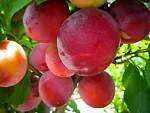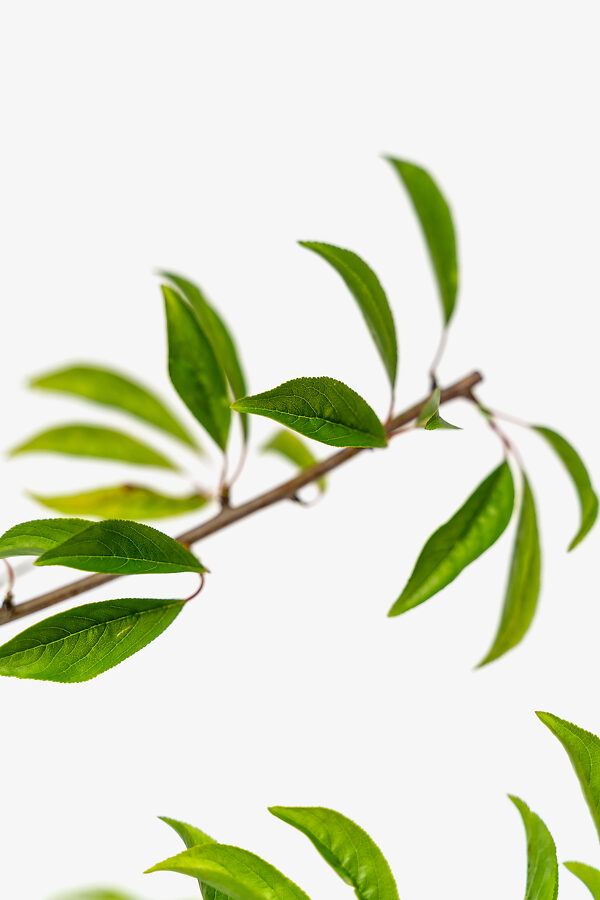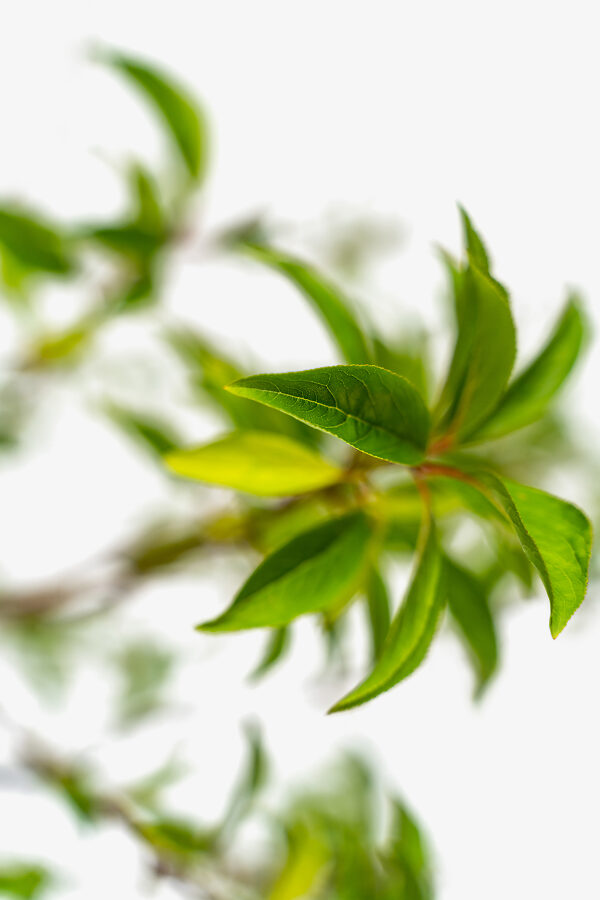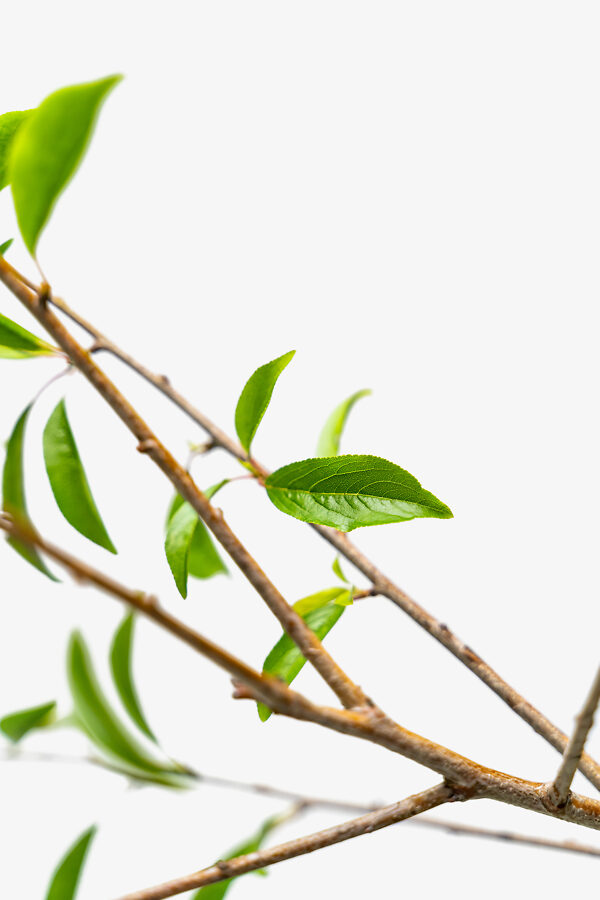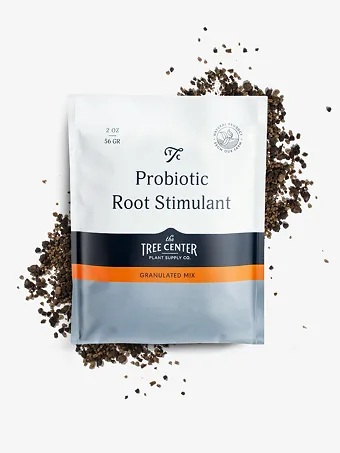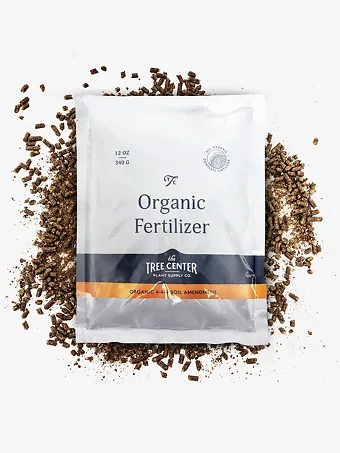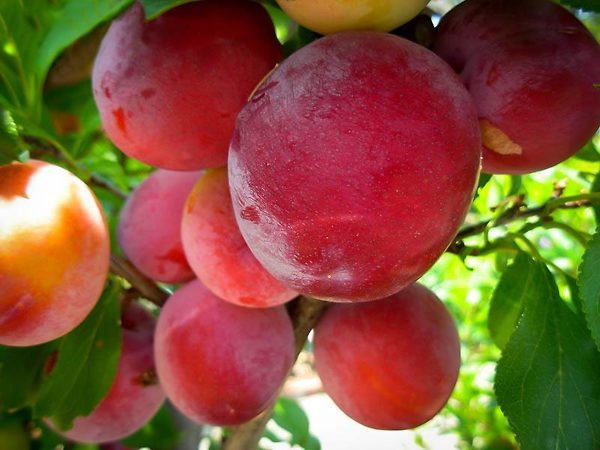
Santa Rosa Plum Tree
Prunus salicina 'Santa Rosa'View more from Flowering Plum Trees
Santa Rosa Plum Tree
Prunus salicina 'Santa Rosa'
Select Size
30 day - ARRIVE AND THRIVE™ guaranteeLearn more


Special Features

Botanical Name
Prunus salicina 'Santa Rosa'
Outdoor Growing zone
5-10
Mature Height
20-25
Mature Width
10-20
Sun needs
Full Sun, Partial Sun
Many gardeners want more from their garden than just flowers and pretty leaves. Bringing in ripe, healthy fruit for your family is a great thing, but many people think it is complicated, with rules for pollination and other complex needs. So the Santa Rosa Plum comes as a surprise – a fruit tree that will give a bumper crop even when grown alone, hardy and easy to grow and attractive enough to bring color and beauty to your flower garden too.
• Top-quality plums for eating fresh, or in baked-goods and preserves
• Self-pollinating so ideal for smaller gardens
• Attractive flowers in spring too
• Vigorous and easy to grow – no special skills needed
• Drought resistant and tough
It’s a wonderful experience to eat fruit that you grew in your own garden, because as well as saving you money and making your diet healthy you know exactly what was done to it, so you know how natural it is too. What could be better than enjoying a juicy plum that you’ve watched ripening in your own garden?
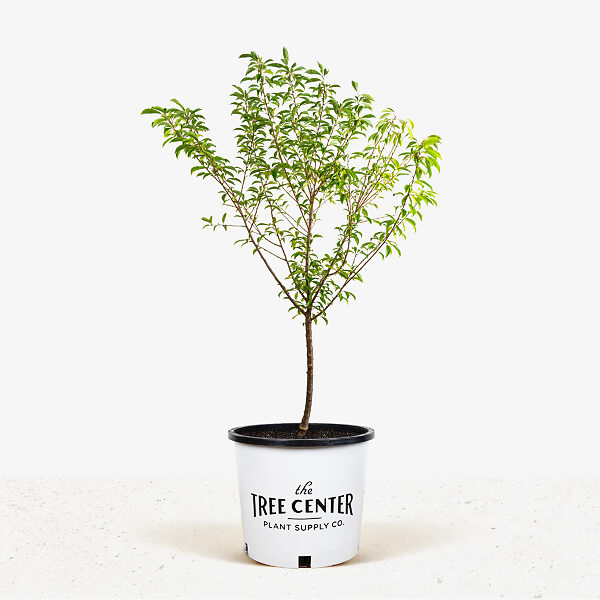
Fruit trees have been a feature of gardens for centuries – although they became less common for a while, they’re making a strong comeback. That makes perfect sense; fruit is increasingly expensive to buy, but it’s both tasty and healthy. Having your own fruit trees will save you money and also give you the satisfaction of collecting your own crop. As well as eating the fruit as it ripens, it’s a great way to support a canning hobby too – you can keep yourself and your friends supplied with delicious home-made jelly and pie fillings thanks to your personal orchard. For maximum effect you can plant a mix of different trees, but we’d recommend making at least one of them a Plum tree, and the Santa Rosa is an excellent choice.
Plums are flowering trees in the Rosaceae family and different species originate in both Europe and China (although the eastern varieties are now usually known as Japanese Plums, for reasons nobody seems too sure about). They were already a popular fruit by classical times, and the Romans wrote of more than 300 separate varieties; there are even more now, and both Japanese and European varieties have been exported around the world. Either one will grow well across large parts of the United States.
Growing Santa Rosa Plum Trees
This variety of Plum can be grown successfully in USDA plant hardiness zones 5 to 9, making it suitable for most of the continental USA apart from the extreme north of New England and the Midwest. Look for a well-drained spot to plant it in; like most trees this one doesn’t like having too much water around its roots. It also prefers to be in full sun – it can tolerate some shade, but both flowers and the fruit crop are likely to suffer. While the variety can self-fertilize you’ll get a much better crop if you have at least two of them in your garden.
Plum Production
Although they look good in bloom, the Santa Rosa isn’t an ornamental tree; it’s a real fruit producer that used to be a mainstay of commercial Plum growing until it was largely replaced by more disease-resistant varieties. In fact many are still grown commercially, and the distinctive fruit can often be found at farmer’s markets. Because of this heritage it does need a little bit of work to keep it in top condition, but it’s nothing to get worried about. The main point to consider is pruning.
Pruning
It’s best to prune this species every year, ideally in late winter. Cut away any dead branches or ones affected by disease, then look for any that have formed narrow V-shaped forks and cut those back too; forks like this are vulnerable to breaking when the tree is laden with fruit. Vertical shoots should be pruned, aiming to keep an open-centered shape overall; branches that are allowed to grow upwards will be hard to reach later and a lot of the tree’s energy will go to growing Plums you can’t pick. Instead they’ll fall to the ground when they’re over-ripe and form a tasty attraction for every yellowjacket in the neighborhood.
Around midsummer you can go over the tree with a set of light cutters, removing any new growth twigs more than about four inches long. Not long after that it’s time to start thinning the fruit. If left alone the Santa Rosa can produce so many Plums the weight breaks its own branches, and the quality of the crop will also suffer, so thin them until there’s one every four to six inches.
History and Origins of the Santa Rosa Plum Tree
The Santa Rosa is a variety of the Chinese Plum tree Prunus salicina, and was developed in 1906 by prolific California breeder Luther Burbank. It’s a medium sized tree that can grow up to 25 feet high and the same wide. It’s quite an open tree that develops additional side branches as it matures, and simply for its appearance it would be a welcome addition to almost any garden.
In spring it grows a cloak of ovoid, bright green leaves up to around four inches long, and follows this in May with a showy eruption of pink and white flowers. These are close to an inch across and have five petals; individually they have quite a delicate appearance but the effect of a full tree in bloom is quite impressive. In late summer, the plums themselves start to grow, steadily ripening into dark red-purple fruit that add a conspicuous burst of color to the tree. You’ll find the fruit crop is more than generous, too – this tree is a famously good producer.
Adding Santa Rosa Plum Trees to Your Garden
When ripe the Santa Rosa’s Plums are a medium to large variety with a dark skin and red bloom surrounding bright, yellowish flesh. They’re a perfect blend of sweet and tart, leading many experts to view them as the benchmark for how a plum should taste. The flesh is also firm enough to make them ideal for canning. With a couple of these classic Plum trees in your garden you’ll have an impressive spring and summer display and a huge fruity bonus in fall.
